Originally published in Certification Magazine, 2/2000
IT companies with quality certification programs make every effort to protect their test questions and to make sure that the person taking the test is the person who is actually supposed to take it. How-and why-do they do this?
Security efforts are expensive, making up the majority of test costs. But any certification program of value to you and the industry will do all that it can to preserve its overall quality, which is most strongly affected by the quality and security of its tests. High-quality tests are expensive to create, and their questions must be protected from overexposure and sharing. A test that allows unqualified individuals to pass is a worthless instrument and in a very real way lowers the quality of the certification program that issues it. Those who pass such a test by cheating-as well as those who have passed it legitimately-obtain a lower-quality certification that will not be valued by employers.
Value of Certification Diminished
Let me use a college example to which we can all relate. Some students, either by blatantly cheating, copying term papers or using someone else’s hard-earned notes, often receive higher grades than their classmates who actually take the time to learn the materials do. Since most college professors grade “on a curve,” these students are sometimes directly responsible for lowering the grades of those who “help” them! The students who cheat may receive high grades and pass the course, but they learn nothing and are ill prepared for advanced classes or the workplace. So, as you can see, the “why” of test security is easy.
The Security Process
The “how,” though, is a bit more complicated. First, when a test is created extra questions and equivalent test versions are carefully prepared so individuals who retake the test encounter different questions. Second, those taking the test are positively identified (usually with two pieces of ID) as the same people who registered to take the test. Third, the test is proctored: a staff member at the testing center monitors the test as it is being taken to make sure test-takers do not use unauthorized materials or copy the questions. Fourth, new measurement technologies may be applied (for example, adaptive testing) to reduce the exposure of test questions while maintaining the accuracy of test scores (see my column on adaptive testing in Certification Magazine ‘s September issue).
Finally, and in a more positive sense, a quality certification program will take steps throughout the entire process to create a test that accurately measures a candidate’s actual job skills. Interestingly, this particular commitment to high testing standards actually discourages cheating. Certification candidates can see the value in a high-quality exam as a measure of their experience, knowledge and skills, and are proud of the fact that a high test score represents their true level of ability.
Responsibility as a Candidate
What is your responsibility as a certification candidate? If you care about the particular certificate you are pursuing (and I have to believe you wouldn’t spend the money for training and testing if you didn’t), then you need to partner with the certifying organization in protecting the test and its questions. How can you do this?
First, don’t ever share the content of any test you have taken. Second, resist temptations to cheat. Refuse to use industry “cheat sheets” or so-called preparation materials and programs that merely teach you to answer specific test questions. Third, report such materials and programs to the certifying body. Fourth, discourage cheating by your friends and colleagues and encourage them to get quality training that allows them to pass the test properly. Fifth, encourage the certifying organization to adopt even stronger security measures and higher-quality testing center procedures. By helping to protect the tests, you can help raise the value of the certification- and your own certificate.
